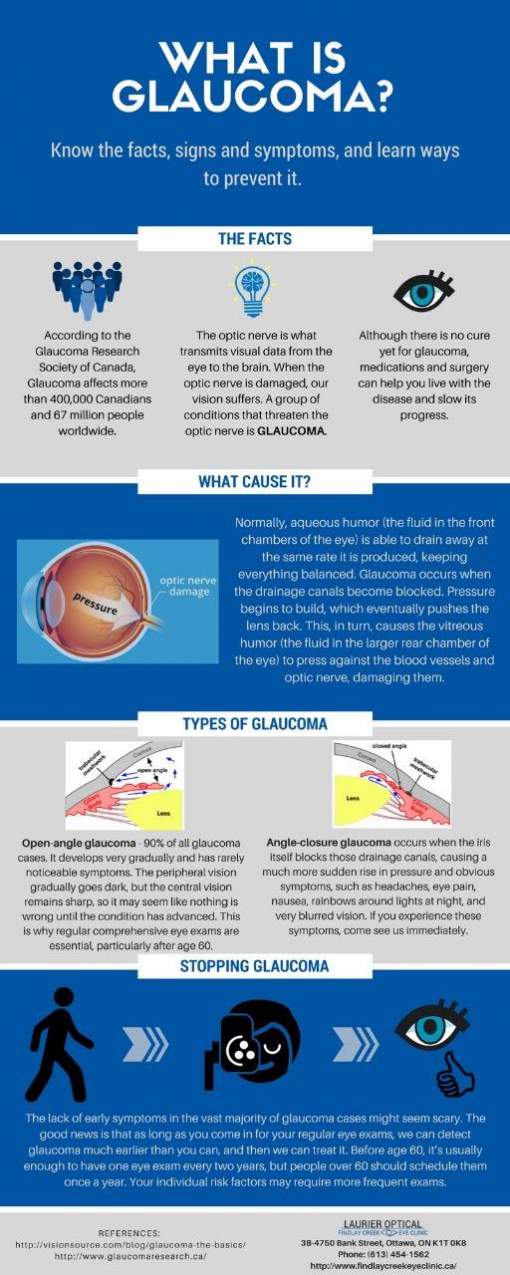What Are The Distinctions And Similarities In Between SMILE Eye Surgery And LASIK And PRK?
What Are The Distinctions And Similarities In Between SMILE Eye Surgery And LASIK And PRK?
Blog Article
Author-Munksgaard Michelsen
If you've been thinking about SMILE eye surgical treatment, you may wonder exactly how it compares to LASIK and PRK. Each treatment has its very own collection of advantages and considerations. From quicker healing times to potential risks, there are essential differences you should understand before choosing. Recognizing Average Cost Of LASIK Surgery will aid you make an enlightened choice that lines up with your specific requirements and expectations. Interested to understand even more regarding how these treatments contrast carefully? Keep on exploring to obtain a thorough understanding of SMILE, LASIK, and PRK.
SMILE Eye Surgical Procedure Introduction
If you're taking into consideration SMILE eye surgical procedure, you'll locate it to be a minimally invasive procedure with a fast recuperation time. Throughout SMILE (Small Laceration Lenticule Removal), a laser is used to produce a little, exact incision in the cornea to get rid of a little piece of cells, improving it to fix your vision. This differs from LASIK, where a flap is developed, and PRK, where the outer layer of the cornea is totally removed.
One of the crucial benefits of SMILE is its minimally intrusive nature, causing a faster healing process and much less pain post-surgery. The healing time for SMILE is fairly quick, with many patients experiencing improved vision within a day or two. This makes it a preferred option for those seeking a hassle-free and reliable vision modification procedure. Additionally, SMILE has been revealed to have a lower danger of completely dry eye syndrome contrasted to LASIK, making it a positive choice for individuals worried about this potential side effect.
Differences Between SMILE, LASIK, and PRK
When contrasting SMILE, LASIK, and PRK eye surgical treatments, it is essential to recognize the unique techniques made use of in each procedure for vision modification.
SMILE (Little Incision Lenticule Extraction) is a minimally intrusive treatment that involves developing a tiny cut to remove a lenticule from the cornea, reshaping it to remedy vision.
LASIK (Laser-Assisted Sitting Keratomileusis) entails creating a thin flap on the cornea, making use of a laser to improve the underlying tissue, and then rearranging the flap.
PRK (Photorefractive Keratectomy) removes the external layer of the cornea prior to reshaping the tissue with a laser.
The primary difference lies in the method the cornea is accessed and treated. cataract surgery at 58 is flapless, making it a good choice for individuals with slim corneas or those involved in contact sports. LASIK uses quick aesthetic recuperation due to the flap creation, yet it may pose a greater risk of flap-related issues. PRK, although having a longer recuperation period, stays clear of flap-related issues entirely.
Understanding these variations is important in selecting one of the most appropriate procedure for your vision modification requirements.
Advantages And Disadvantages Comparison
To review the advantages and drawbacks of SMILE, LASIK, and PRK eye surgical treatments, it's essential to consider the certain benefits and possible restrictions of each treatment. SMILE surgery offers the benefit of a minimally invasive treatment, with a smaller incision and possibly quicker recovery time contrasted to LASIK and PRK. It also reduces the danger of completely dry eye post-surgery, a typical negative effects of LASIK. However, SMILE might have limitations in dealing with higher levels of nearsightedness or astigmatism contrasted to LASIK.
LASIK surgical treatment offers rapid visual recovery and marginal discomfort throughout the treatment. https://www.optometrytimes.com/view/know-the-pros-and-cons-of-outsourcing-billing 's extremely effective in treating a wide variety of refractive errors, consisting of myopia, hyperopia, and astigmatism. Yet, LASIK carries a danger of flap issues, which can influence the corneal framework.
PRK eye surgical procedure, while not as popular as LASIK, stays clear of developing a corneal flap, reducing the risk of flap-related difficulties. It's suitable for patients with thin corneas or uneven corneal surface areas. However, PRK has a longer recuperation time and might include extra pain during the recovery procedure.
Conclusion
So, when it concerns choosing between SMILE, LASIK, and PRK, think of it like picking the perfect set of shoes. SMILE resembles a smooth, comfy set of sneakers - quick and very easy.
LASIK is much more like stylish high heels - flashy and quickly, however with some prospective threats.
PRK is like durable treking boots - dependable and durable, yet calling for a little bit even more effort and time.
Inevitably, the most effective option depends upon your private requirements and choices.
